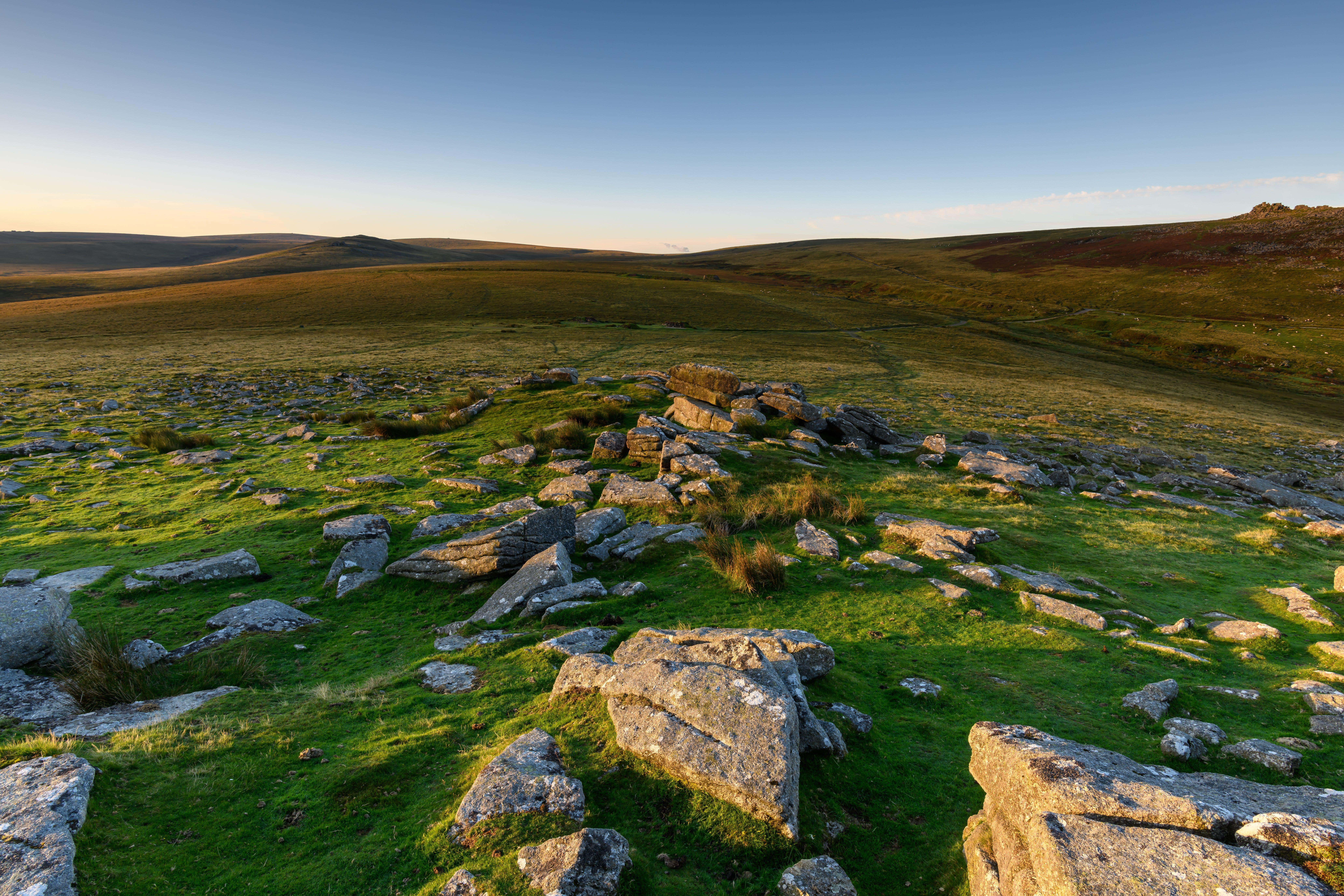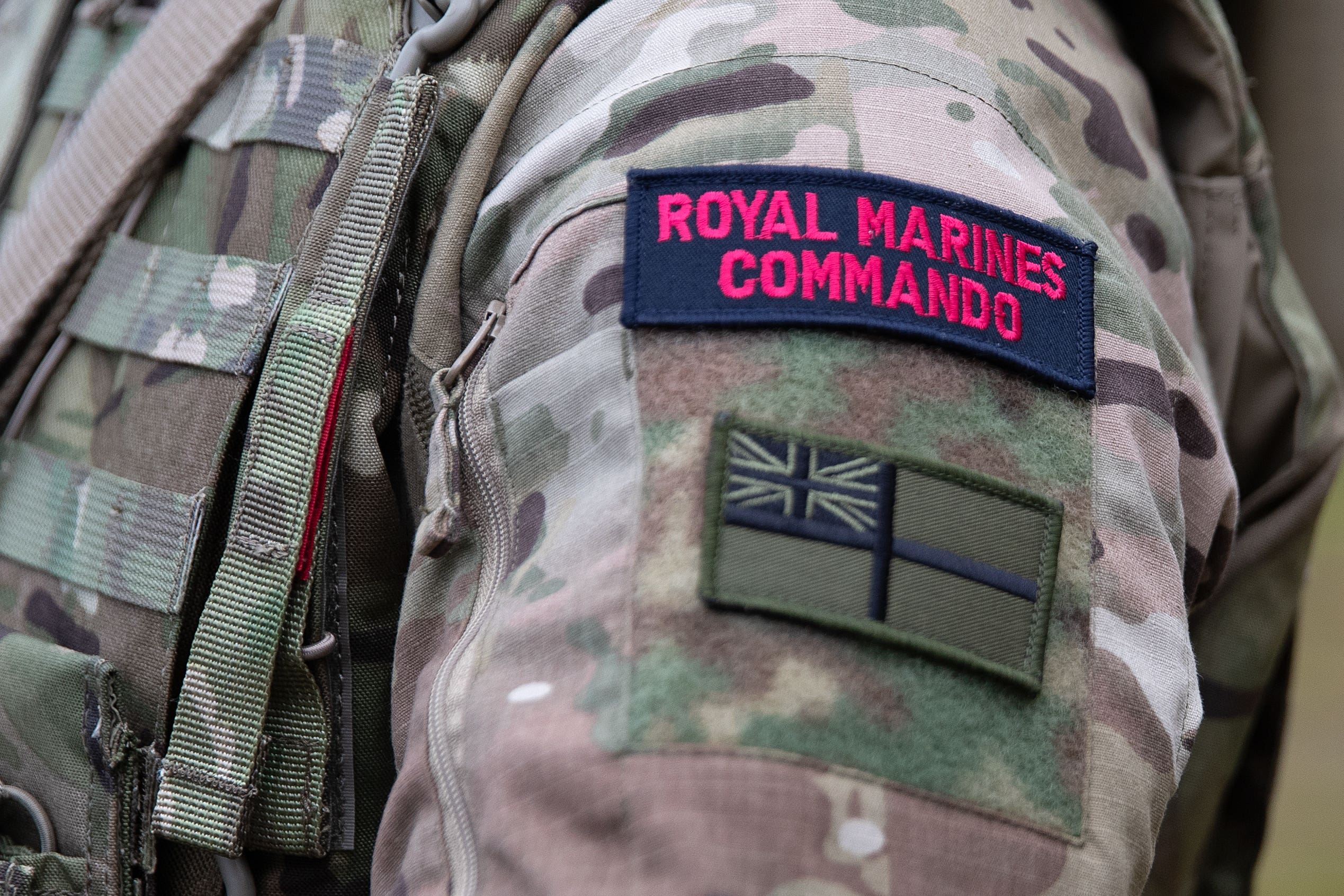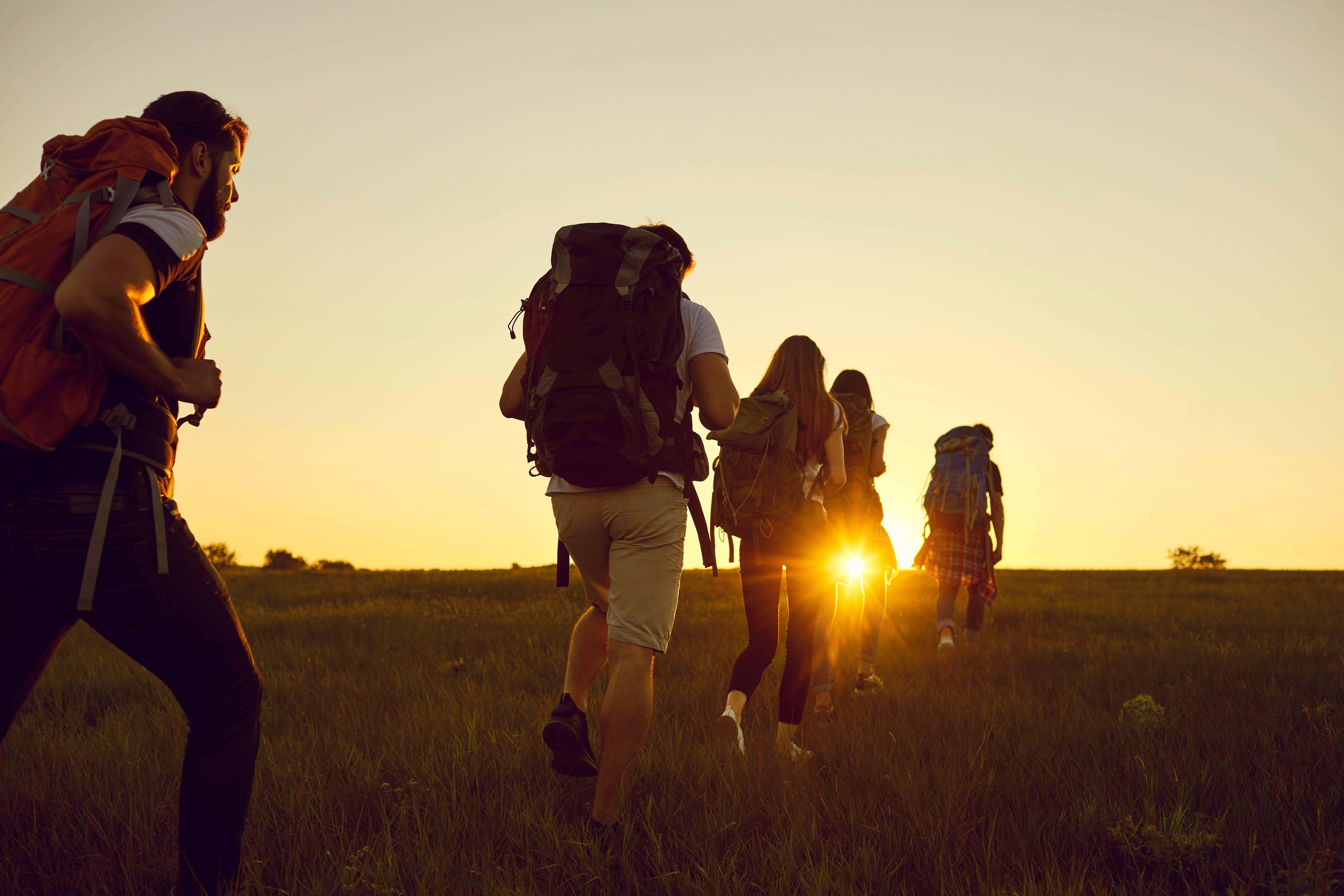Rucking is the new health craze being added to fitness regimes this summer
Rucking might sound relatively straightforward, but you don’t want to go too heavy, too fast

Your support helps us to tell the story
From reproductive rights to climate change to Big Tech, The Independent is on the ground when the story is developing. Whether it's investigating the financials of Elon Musk's pro-Trump PAC or producing our latest documentary, 'The A Word', which shines a light on the American women fighting for reproductive rights, we know how important it is to parse out the facts from the messaging.
At such a critical moment in US history, we need reporters on the ground. Your donation allows us to keep sending journalists to speak to both sides of the story.
The Independent is trusted by Americans across the entire political spectrum. And unlike many other quality news outlets, we choose not to lock Americans out of our reporting and analysis with paywalls. We believe quality journalism should be available to everyone, paid for by those who can afford it.
Your support makes all the difference.When it comes to health and wellbeing benefits, it’s hard to beat a walk. It gets the blood pumping, clears the head and – if you’re lucky – gets you out in nature. But if you did want to take things up a notch and make it a more strenuous workout, put rucking on your radar.
It basically means walking with additional weight loaded on, to make things tougher. You could load up a rucksack or carrier with specially designed ‘ruck plates’, or opt for a weighted vest if preferred.
There’s been growing buzz around it on TikTok, and chances are you’ll be spotting it a lot more this summer. So, what do you need to know?
Rucking might be trending but it’s not new, and has long been been part of military training. “We used to refer to this in the Royal Marines as ‘yomping’,” says Tommy Kelly, former Royal Marine commando and co-founder of outdoor and mountain clothing brand, Jöttnar.
“It was a means of carrying heavy kit, sometimes up to 120lbs, over large distances and through arduous terrain. It was painful – my shoulders, knees and back still hurt when I think of it!”
Do you need specific kit?
You don’t have to buy a dedicated rucking bag or carrier and plates to try it. However, loading up an ill-fitting rucksack could result in injury.

“Fit is important, as backs come in all different shapes and sizes. An ill-fitting rucksack, especially one with a heavy weight, will place undue strain on the back and neck, likely leading to pain and injury,” says Kelly. “If possible, try out various options in a shop, judging for fit and comfort. Most rucksacks will have been tested by online reviewers as well as customers, so there’s a wealth of information out there to help.”
He suggests looking for something with “a firm internal frame, as well as well-padded shoulder and waist straps”, plus “an integral chest strap is useful also as a means of spreading the weight”.
What are the fitness benefits?
“You can be outside enjoying nature, while completing a higher intensity walk and improving your aerobic capacity or Vo2 max [the max amount of oxygen your body can take in and use during exercise, often used as a measure for cardiorespiratory fitness],” says Olivia Tyler, national fitness assurance lead at Nuffield Health – who have just launched their #MyDailyMovement campaign, sharing a wealth of content and expert advice on new ways to get active on their website.

Tyler says it can help improve balance too – and, of course, it’s a strength workout. “Rucking helps encourage better posture, as you are carrying weights on your back and need to engage your core and back muscles,” she adds.
Kelly agrees there are benefits to both “muscular and skeletal” strength. “A heavy load, carried routinely, forces the muscles and bones into adapting – namely, strengthening,” he says, adding of the cardiovascular benefits: “The heart and lungs are required to work far harder than normal unburdened walking. Do this regularly and aerobic fitness will markedly improve.”
Then there’s the mental element. “Like anything hard, done repeatedly, self-confidence and mindset strengthening results,” says Kelly. “This is transferrable to wider life.”
Any other advice for newbies?
Rucking might sound relatively straightforward, but you don’t want to go too heavy, too fast. “Begin with a light load and shorter distances, and take it steady to begin with,” says Kelly. “As strength and fitness improve, weight, distance and speed can all be incrementally increased.”
And remember this is a workout, so it’s a good idea to warm up. “Warming up and then stretching are important for anything reasonably arduous. A cold and un-flexed body is a lot more susceptible to sudden physical stresses placed upon it, so take five minutes to slowly raise the heart rate, mobilise the joints and stretch the muscles,” suggests Kelly.
Tyler says: “Make sure you are walking the distances without issue before starting to add weights into your route. Once you are happy walking without the weights, add in weights gradually to avoid any back injuries. Rucking is good for your back when done properly, and when weights are gradually increased over time,” she adds. “However, caution is needed, as injuries can occur when the wrong backpacks are worn, too much weight is loaded onto the shoulders, and when swinging rucksacks on and off your back.
“I wouldn’t recommend weighted vest training to anyone who is new to exercise, or getting back to exercise after some time off, ” says Tyler. “It’s important to have a reasonably strong core and glutes, in order to support the additional weight without risking injury.
“I also would not recommend weighted vests to anyone who has certain back and neck problems like spinal stenosis or disc degeneration. If you are unsure, it’s always best to reach out to your GP or an exercise professional like a PT.”